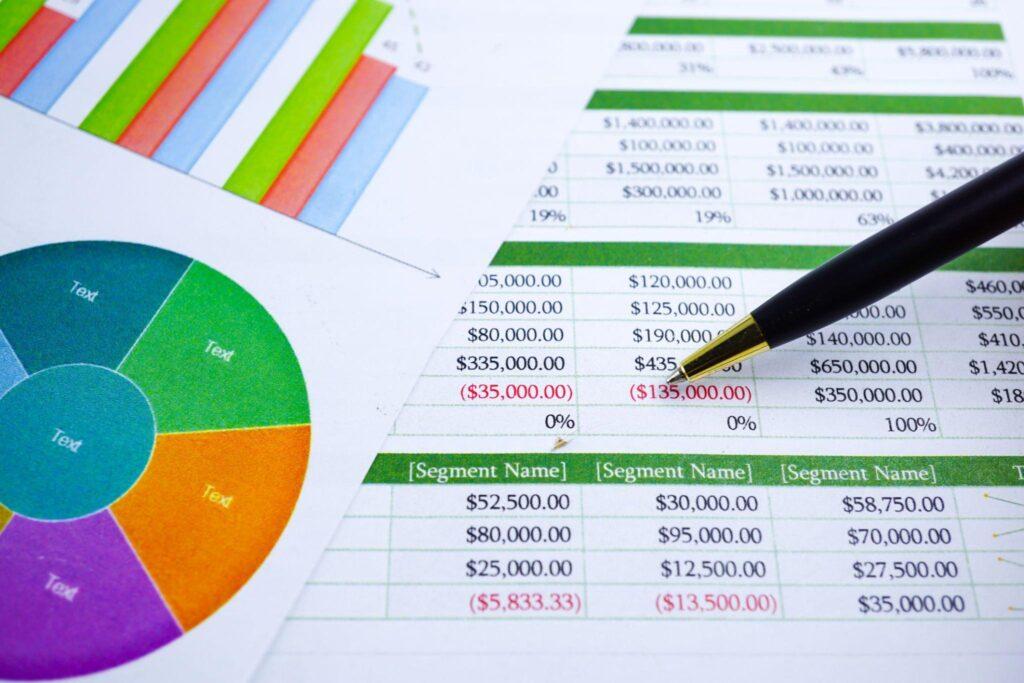VLOOKUP: VLOOKUP allows you to search for a specific value in one table and return a corresponding value from another table.
INDEX and MATCH: INDEX and MATCH is another method for looking up data in a table. INDEX returns the value of a cell within a specified range, and MATCH finds the position of a specified value within a range.
SUMIF and SUMIFS: SUMIF and SUMIFS allow you to sum values based on one or multiple criteria.
IF and IFERROR: IF allows you to perform conditional calculations based on whether a certain condition is met, while IFERROR provides a way to handle errors in formulas.
Text functions: There are various text functions in Excel, including CONCATENATE, LEFT, RIGHT, MID, and TRIM, which can be used to manipulate text data.
Date and time functions: Excel has a variety of date and time functions, such as TODAY, NOW, DATEDIF, and YEARFRAC, which can be used to perform calculations based on dates and times.
Statistical functions: Excel provides a range of statistical functions, such as AVERAGE, MEDIAN, MODE, STDEV, and CORREL, for analyzing data sets.
Array functions: Array functions in Excel, such as MIN, MAX, LARGE, SMALL, and INDEX, can be used to perform calculations based on arrays of data.
Charts: Excel provides a variety of charts, such as bar charts, line charts, scatter plots, and pie charts, for visualizing data.
Pivot tables: Pivot tables are a powerful tool for summarizing and analyzing data. They allow you to easily group and aggregate data, create calculated fields, and pivot the data in a variety of ways.
In conclusion, these advanced Excel functions and features provide a wealth of tools for data analysis and manipulation, allowing you to work with data more efficiently and effectively.





